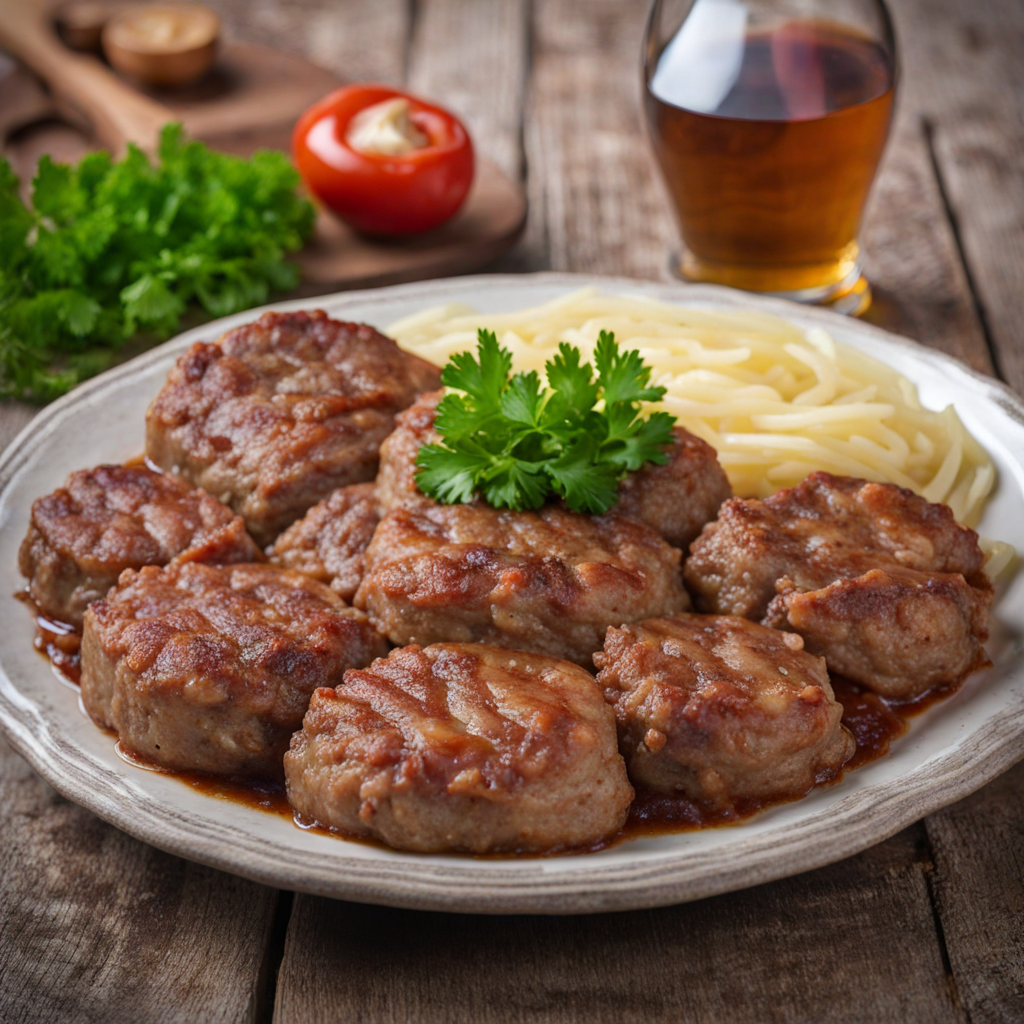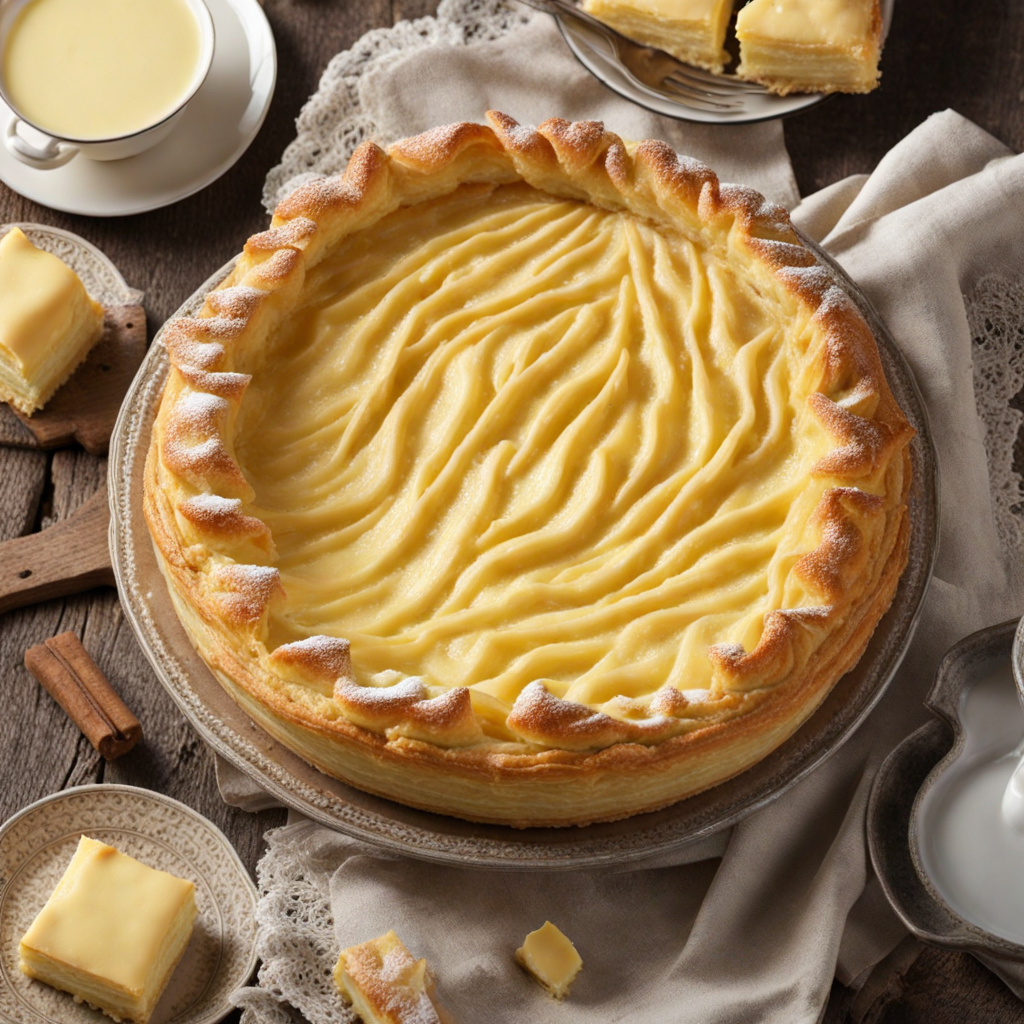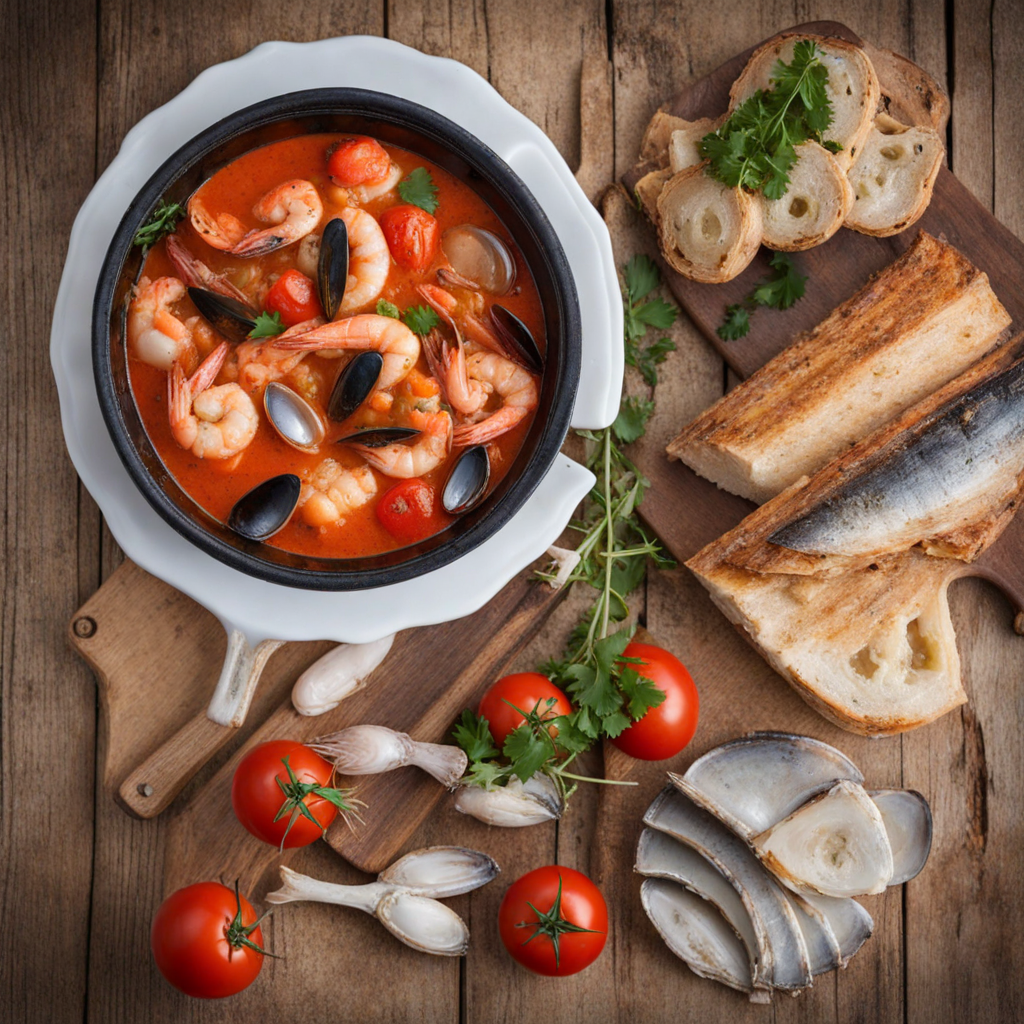Pljeskavica
Pljeskavica is a mouthwatering dish that originates from the Balkan region, particularly popular in Montenegro. This hearty meal is often described as a Serbian-style hamburger, but it transcends the typical burger experience with its rich blend of flavors and textures. Made primarily from ground beef, pork, or lamb, the meat is expertly seasoned with a medley of spices, including garlic, paprika, and black pepper, which infuse it with a savory depth. The mixture is formed into a thick patty, grilled to perfection, and served hot, delivering a juicy and succulent bite with each mouthful. Typically served with a variety of accompaniments, Pljeskavica comes alive with the addition of fresh vegetables, such as lettuce, onions, and tomatoes, which add a refreshing crunch. It is often housed in a soft, warm pita or traditional flatbread, allowing diners to enjoy it as a sandwich or on its own. The dish is further elevated by various condiments, including ajvar, a roasted red pepper and eggplant spread, and a dollop of creamy yogurt or sour cream, which balance the robust flavors of the grilled meat with a cool, tangy contrast. In Montenegro, Pljeskavica is not just a meal; it's a cultural experience often enjoyed during gatherings and celebrations. Its popularity has led to numerous regional variations, each adding unique local spices and ingredients, making it a versatile dish that appeals to a wide range of palates. As you take a bite of Pljeskavica, you're not just tasting a delicious patty; you're savoring a piece of Montenegrin heritage that brings together family, friends, and the joy of shared meals.
How It Became This Dish
The History and Cultural Significance of Пљескавица: A Montenegrin Culinary Icon #### Origins: A Taste of Tradition Пљескавица, often referred to as the "Montenegrin burger," is a grilled meat patty that has become synonymous with the culinary identity of Montenegro. With its origins rooted in the Balkans, the dish showcases the region's rich agricultural traditions and diverse influences. The name "пљескавица" is derived from the word "пљескати," which means "to slap" in Serbian, referring to the technique of shaping the meat by slapping it down onto a grill. The genesis of пљескавица can be traced back to the Ottoman Empire's influence on the Balkans in the 15th century. The Turks introduced various types of grilled meats, which were soon adapted by local populations. The Montenegrins, renowned for their pastoral lifestyle, embraced this culinary method, incorporating local flavors and ingredients. The use of beef, lamb, or pork, often seasoned with salt, pepper, and garlic, exemplifies the simplicity and quality of the local meat available. #### Cultural Significance: More Than Just Food In Montenegro, пљескавица transcends mere sustenance; it embodies the spirit of hospitality and communal dining. Traditionally, it is served during gatherings, family celebrations, and festivals, where it brings people together around a grill, known as a "roštilj." The act of grilling is not only a culinary technique but also a cultural ritual that fosters bonds among family and friends. The dish is often accompanied by traditional side dishes such as "sajkaca" (a type of flatbread), "ajvar" (a roasted pepper and eggplant spread), and fresh salads, emphasizing the importance of fresh, locally sourced ingredients. This communal aspect of enjoying пљескавица is a testament to the Montenegrin way of life, which values connection, tradition, and the sharing of food as a means of strengthening social ties. #### Development Over Time: Evolution of a Culinary Classic As Montenegro underwent historical changes, so too did its culinary landscape, including the evolution of пљескавица. The 20th century saw a rise in tourism, which introduced international influences to the traditional dish. While the essence of пљескавица remained intact, new variations began to emerge, reflecting the diverse tastes of visitors. In urban areas, particularly in the capital, Podgorica, and coastal regions like Kotor and Budva, pљескавица started appearing in a variety of styles. Chefs began experimenting with different seasonings, herbs, and even cooking methods—grilling over charcoal became the preferred method due to its ability to impart a smoky flavor that enhances the meat's natural taste. Additionally, the introduction of toppings such as onions, cheese, and various sauces added layers of flavor, further enticing both locals and tourists. The globalization of food culture in the late 20th and early 21st centuries also played a significant role in shaping пљескавица's identity. As Montenegrin emigrants spread across the globe, they brought with them their culinary traditions. In countries such as the United States, Canada, and Australia, пљескавица found a new audience, often served in restaurants that specialize in Balkan cuisine. This diaspora not only kept the tradition alive but also sparked interest in Montenegrin culture and cuisine among a wider audience. #### Modern-Day пљескавица: A Symbol of National Identity In contemporary Montenegro, пљескавица has solidified its status as a national dish and a symbol of Montenegrin identity. It is featured prominently in local festivals, food fairs, and cultural events, showcasing the pride Montenegrins have in their culinary heritage. The annual "Festival of Pљesкавица" held in various towns celebrates this dish, where vendors and chefs compete to create the best version, highlighting regional variations and innovations. Moreover, the rise of food tourism in Montenegro has led to an increased appreciation for traditional dishes like пљескавица. Visitors are eager to experience authentic flavors, often seeking out local grills and restaurants that serve the dish in its traditional form. This food movement not only supports local economies but also fosters a greater understanding of Montenegro's cultural history. #### Conclusion: A Culinary Legacy Пљескавица is more than just a grilled meat patty; it is a culinary legacy that tells the story of Montenegro's history, culture, and people. From its humble origins influenced by Ottoman traditions to its modern-day status as a beloved national dish, пљескавица embodies the resilience and adaptability of Montenegrin cuisine. As it continues to evolve, embracing both tradition and innovation, пљескавица remains a vital part of Montenegro's cultural fabric. It serves as a reminder of the importance of food as a means of connection and celebration, uniting people across generations and borders. Whether enjoyed at a family gathering, a bustling grill restaurant, or a vibrant food festival, пљескавица will undoubtedly continue to delight palates and foster a sense of community for years to come.
You may like
Discover local flavors from Montenegro







